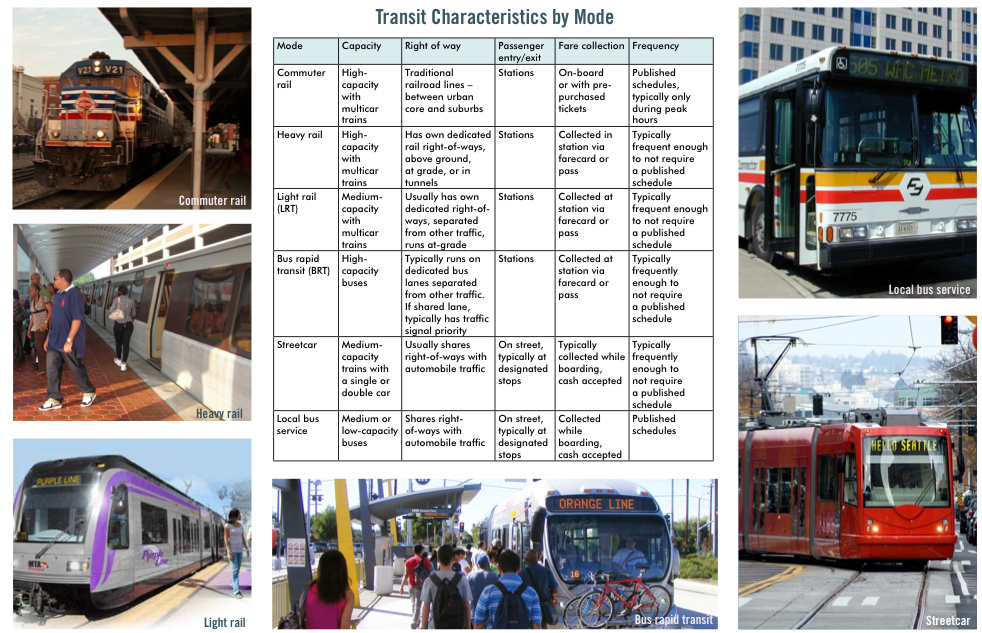COALITION FOR SMARTER GROWTH
Introduction
Without Metro, it’s estimated our region would need approximately 710 lane-miles of additional highway lanes at a capital cost of $4.7 billion,1 causing severe impacts in terms of homes taken for highway expansion. Proximity to Metro is estimated to have sparked some $212 billion in regional real estate value2, and it’s played a key role in helping older suburbs stave off the inner- suburban decline seen in other cities around the U.S. It’s had a central role in the rebirth of Washington, D.C.
Metro and our region’s other transit systems are essential to connecting people to jobs; particularly for lower-income households and workers, young people, seniors, and the disabled.
In recent years, D.C. neighborhoods served by Metrorail have increasingly attracted a flock of young professionals, downsizing empty nesters, and families from across the region and the nation. While other areas have suffered from the real estate collapse, these transit-rich neighborhoods have continued to boom.
In Arlington, 27% of workers take public transportation to work.3 Great transit and walkable streets have enabled residents and workers in the Rosslyn-Ballston corridor to convert many of their trips to walking, biking, and transit.
At the same time, regional leaders in government, business, and the nonprofit community have come to the consensus that our region must invest in a network of transit-oriented communities to handle expected growth, manage traffic congestion, and reduce air pollution, water pollution, and the loss of farms and forests.
Tysons Corner is being reborn as a walkable center thanks to Metro’s new Silver Line, while White Flint is reemerging much the same way on the Red Line. Meanwhile, Reston Town Center has blossomed as a prominent mixed-use center and awaits the arrival of Metrorail. Alexandria continues to mix old and new urbanism.
Fairfax, Montgomery, Prince George’s, Arlington, Alexandria, and even Woodbridge in Prince William County have all made transit-oriented development their top priority. As a result of long-term visionary planning and detailed implementation by local officials, our region now boasts some of the best walkable, transit-friendly neighborhoods in the country.
In time, our region’s next walkable, transit-oriented neighborhoods will emerge from the revitalization of commercial strip corridors. The acres of parking lots in these corridors offer a place to focus growth without impacting suburban neighborhoods or increasing traffic.
But to meet the demand for walkable, transit- centered neighborhoods, we’ll need to expand our transit networks to new communities and connect our existing network in innovative ways, harnessing the same regional vision it took to create Metro. In the process, we must also invest in restoring the Metrorail system – a transportation backbone so essential to our region that failure is not an option!
Download full report (PDF) here: Thinking Big, Planning Smart
About the Coalition for Smarter Growth
www.smartergrowth.net
“The Coalition for Smarter Growth is the leading organization in the Washington D.C. region dedicated to making the case for smart growth. Our mission is to promote walkable, inclusive, and transit-oriented communities, and the land use and transportation policies and investments needed to make those communities flourish.







 RSS Feed
RSS Feed